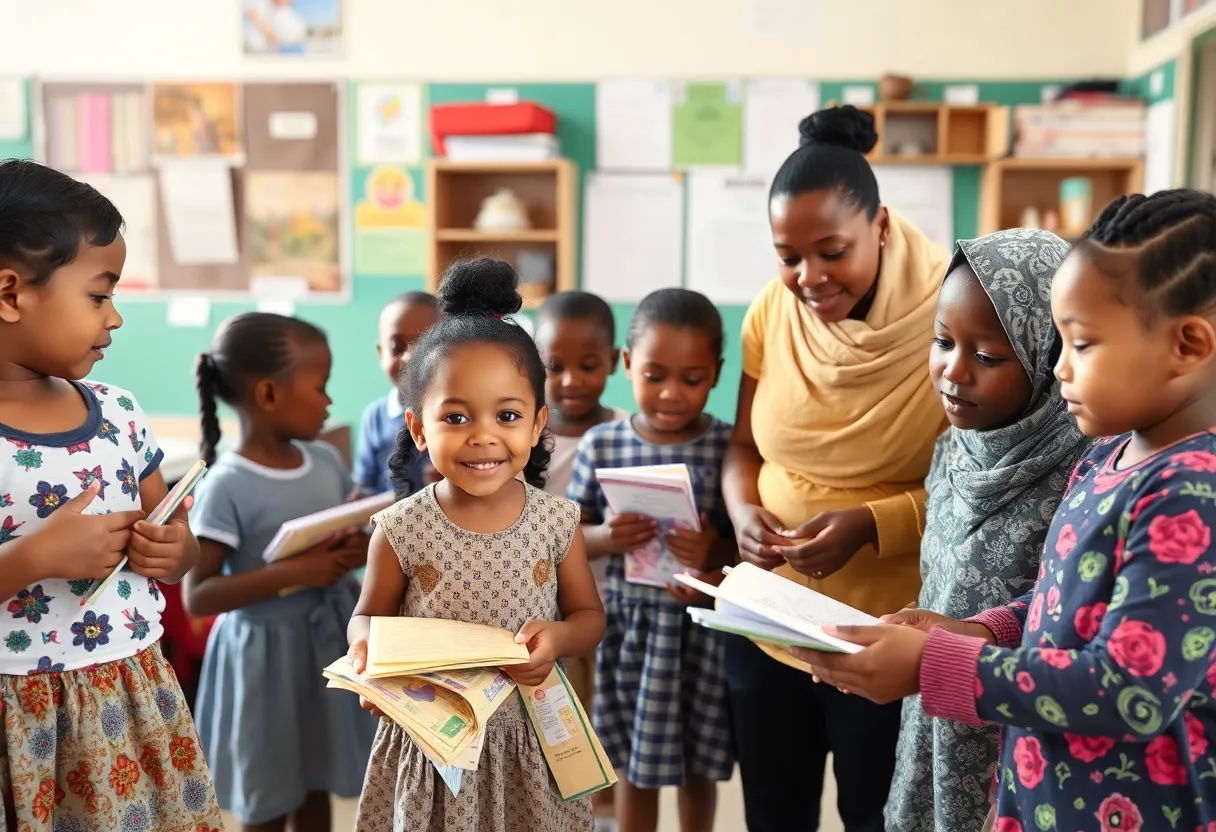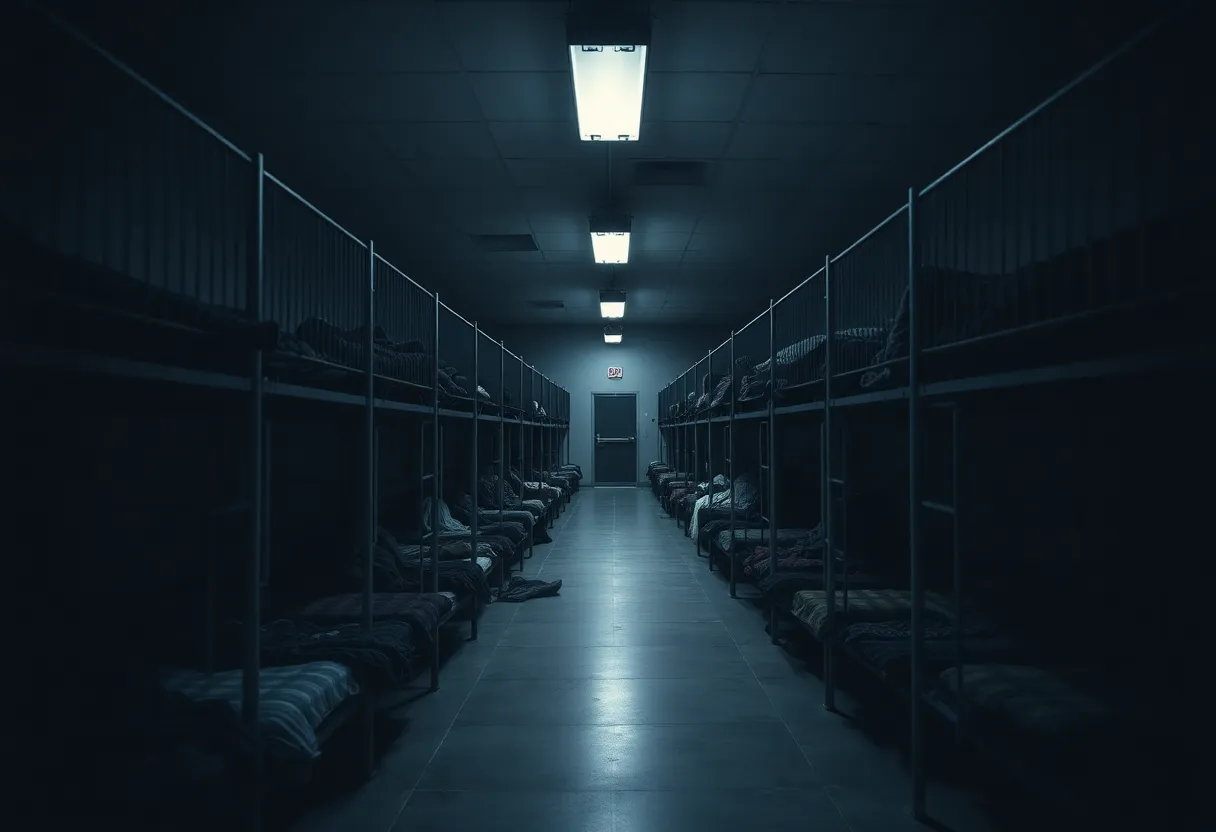News Summary
Leon County, Florida, faces a daunting childhood poverty crisis, with over 9,400 children affected. In response, schools are adopting the Community Partnership Schools model, integrating education with essential resources like healthcare. This initiative has already shown positive results, including decreased absenteeism and improved graduation rates. Key programs designed to enhance community resources are underway, aiming to address urgent needs and promote economic stability for families in the region.
Leon County, Florida is grappling with a significant childhood poverty crisis, with over 9,400 children—approximately 20.7% of the population—living below the poverty line. This statistic places Leon County among the highest rates of childhood poverty in Florida, notably higher than the state average of 13.6%. Families facing such economic challenges often prioritize immediate survival needs like housing, food, healthcare, and employment over educational pursuits, exacerbating the struggle to break the cycle of poverty.
In response to this pressing issue, the Community Partnership Schools model is being implemented across Title I schools in the area. This initiative transforms these schools into community hubs by integrating not just educational resources, but also healthcare and social services. Data shows that Florida schools have experienced a 7.8% increase in absenteeism post-COVID, while schools adopting the Community Partnership model have reported a remarkable 3.5% decrease in absentee rates. This is evidence of their effectiveness in addressing the broader needs of students and families.
Furthermore, the adoption of this model has proven beneficial for student discipline and graduation rates. On average, disciplinary referrals have declined by 50% in schools utilizing the Community Partnership approach, and high schools in the program have recorded a 30% increase in graduation rates. This improvement is believed to have generated an estimated $800 million economic impact for the state of Florida.
Sabal Palm Elementary, which adopted the Community Partnership Schools model in 2018, has significantly enhanced access to healthcare services for its students. The school now hosts bi-weekly onsite health and dental clinics through collaborations with entities like Florida State University and Bond Community Health Center. A notable example of this service’s impact is a student who received dental treatment for chronic pain over two years while missing minimal instructional time.
In a similar vein, Jefferson County K-12 became a Community Partnership School in 2022 and has rapidly mobilized resources to assist families affected by Hurricane Debbie. The overarching goal of the Community Partnership Schools initiative is to create pathways to higher-paying careers, thereby helping to break the lengthy cycle of generational poverty.
Support for this model is strong among county superintendents, and efforts are underway to engage lawmakers. A request for an additional $9.7 million has been made to facilitate the statewide expansion of this model, reflecting the necessity of such initiatives in economically challenged areas.
The plight of the children in zip code 32304 is particularly acute, with over 40% of children living in poverty. This area ranks among the poorest in Florida, with almost 24,000 residents below the poverty line and median incomes as low as $12,700. The socioeconomic struggles experienced in these neighborhoods further compound challenges like limited access to healthcare and job opportunities.
In response to these dire circumstances, the Neighborhood First Program was designed to enhance the social and economic conditions within communities such as 32304. The program focuses on several key areas, including housing rehabilitation, economic development, health, safety, and crime prevention. Additionally, initiatives such as the “Library of Things” promote sustainability and provide valuable resources for residents.
Mental health access has been flagged as a pressing need in these highly impacted communities, leading to the establishment of a Behavioral Health Navigator aimed at assisting residents. Local organizations are also actively providing emergency support to families, addressing immediate needs such as food, clothing, and basic necessities.
The cost of living in Leon County has surged in the wake of the COVID-19 pandemic, with the average family of four now spending over $5,000 monthly on essential needs. This has resulted in disparities particularly affecting marginalized groups, including black single mothers under 25, who experience heightened difficulties with healthcare access, food insecurity, and financial stability.
As Leon County continues to grapple with these challenges, the integration of community resources within schools aims to foster resilience, support education, and ultimately combat the cycle of childhood poverty. With the implementation of innovative programs and models, stakeholders are seeking to implement sustainable solutions that empower families and improve outcomes for children in the region.
Deeper Dive: News & Info About This Topic
HERE Resources
Kindergartners Earn Scholarships at Local School Board Meeting
Rezoning Proposal for Riley Elementary School
Kindergarten Scholars in Tallahassee Awarded Scholarships
Tallahassee Schools Face Changes with New Regulations
Leon County Faces Job Losses Despite Continued Growth
Additional Resources
- Tallahassee.com: Beyond 32304 – High poverty Leon County zip codes
- WTXL: Leon County commissioners receive update on work done to help poverty in 32304 zip code
- Tallahassee.com: Setting goals – First step to reducing poverty in Leon County
- Tallahassee.com: 32304 Chronicles – Teens point camera at youth poverty in Leon County
- Wikipedia: Poverty in the United States







